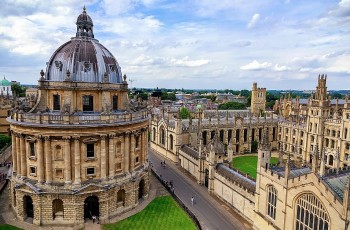How Many Planes Are in the Sky at Once?
| Table of Contents |
Number of Planes in the Sky at Once
At any given time, there are typically between 8,000 and 20,000 planes in the sky worldwide. The actual number depends on the day, season, and hour. The busiest times for air travel often coincide with weekends and holiday seasons, with particularly high traffic in the summer and December in the Northern Hemisphere
Major tracking services like FlightRadar24 have observed record high numbers of flights during peak pre-pandemic years and note that global air traffic is nearing those levels once again.
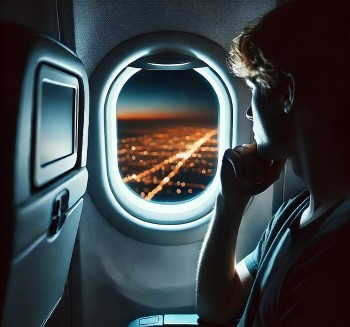 Why Do Planes Dim Lights Before Takeoff and Landing? Why Do Planes Dim Lights Before Takeoff and Landing? |
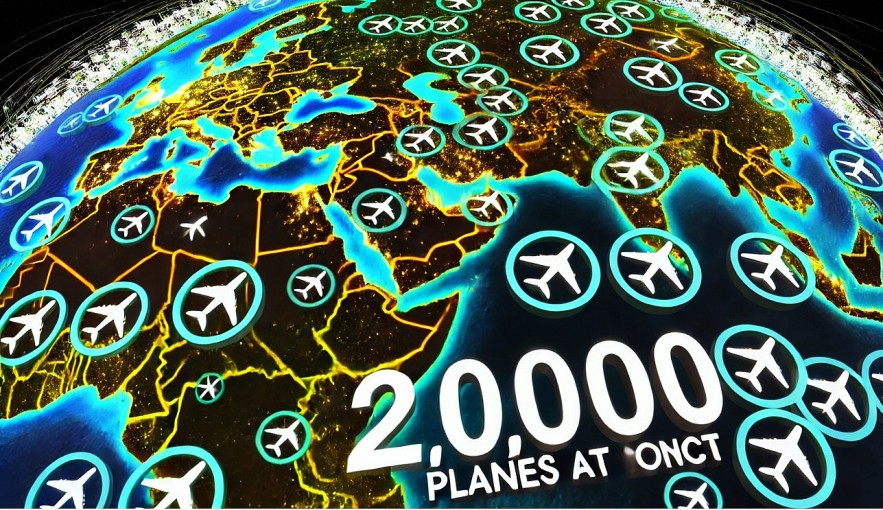 |
| Number of Planes in the Sky at Once |
Busiest Times for Air Traffic
In the U.S., air traffic typically peaks between 2:00 PM and 4:00 PM Eastern Time (ET), when flight schedules overlap due to morning departures, transatlantic crossings, and evening Asian departures converging over North America. Another busy period is 6:00 AM to 9:00 AM ET, covering morning departures on the U.S. East Coast and evening arrivals from Europe and Asia
Densest Airspace in the World
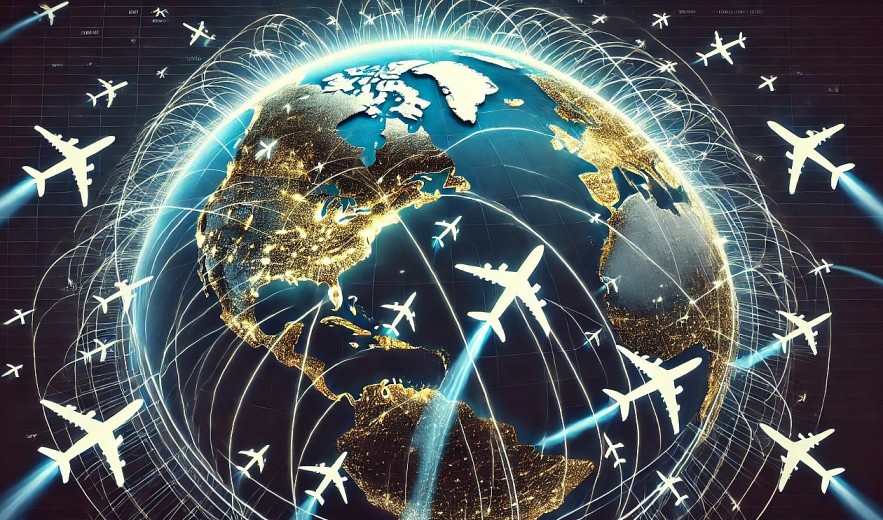 |
| Densest Airspace in the World |
The airspace with the highest density of flights is generally over Europe and North America, specifically in:
European Airspace: Western Europe, especially over the UK, France, Germany, and the Benelux countries, sees significant traffic due to its central position and numerous international hubs.
North Atlantic Corridor: This route, which connects North America and Europe, is one of the busiest flight corridors in the world, with hundreds of transatlantic flights daily.
U.S. Airspace: The U.S. has some of the highest internal air traffic, particularly over the East Coast (New York, Washington D.C., Atlanta) and California. The country’s extensive domestic network makes this region one of the busiest worldwide
Airspace Division and Regulation
Airspace is divided based on altitude, location, and usage, and it’s managed differently in each country. The International Civil Aviation Organization (ICAO), a United Nations agency, provides global standards for airspace classification, but each country manages and regulates its own airspace through national agencies like the Federal Aviation Administration (FAA) in the United States, the Civil Aviation Authority (CAA) in the UK, and others.
Typically, airspace is classified into controlled and uncontrolled spaces:
Controlled Airspace: Specific flight rules apply, and it is monitored by air traffic control (ATC). This includes areas like airports, where ATC directs aircraft to ensure safety.
Uncontrolled Airspace: Fewer restrictions apply, and pilots primarily manage their own navigation without active ATC oversight. However, basic safety rules still exist, especially regarding visibility and altitude.
Airspace is further categorized into classes (A-G), with each class defining the level of ATC service and requirements for pilot certification.
Who Regulates and Divides Airspace?
Airspace division is typically managed by national or regional aviation authorities:
Domestic Airspace: Each country controls its own airspace, often up to a certain altitude, with international agreements regulating where one country’s airspace begins and another’s ends.
International Airspace: Over oceans and regions without a specific governing country, airspace is often managed by ICAO-assigned countries that act as ATC providers.
Regions where international air routes pass through multiple jurisdictions often have coordinated ATC systems to handle high traffic and safety.
No-Fly Zones and Restricted Areas
No-fly zones are designated airspace where aircraft are not allowed to fly due to safety, security, or environmental reasons. These areas are enforced by national or international regulations, and they include:
Military Zones: Areas near sensitive military installations, test ranges, or government facilities.
Event-Based Restrictions: Temporary restrictions over sites hosting major events, summits, or visits by high-profile individuals.
Environmental Protection Zones: Sensitive environmental regions like national parks or wildlife areas may restrict flights to protect ecosystems from noise pollution.
Conflict Zones: Airspace over regions experiencing conflict may be restricted to protect civilian aircraft.
Conclusion
Air traffic is an incredible display of global connectivity and logistical precision. With tens of thousands of flights crisscrossing the skies each day, especially during peak hours, the busiest regions—particularly North America and Western Europe—manage high-density airspaces with the help of sophisticated air traffic control systems. The most congested times, between 2:00 PM and 4:00 PM ET, reflect the synchronized demands of global travel across different time zones, hubs, and flight corridors.
As we continue to see growth in air travel, understanding airspace density and peak periods helps travelers plan smarter, with insight into the coordination required to ensure safety and efficiency in one of the world’s most complex transportation networks. These questions around air traffic, timing, and density underscore the marvel of modern aviation and the continued dedication of professionals who keep the skies safe and efficient for all.
FAQs on Air Traffic and Density
1. Why are some airspaces busier than others?
Airspace density often depends on a region’s role as a transit hub, its geographic location, and the number of major international airports.
2. When is the best time to fly to avoid heavy air traffic?
Generally, flights scheduled during late-night hours (12:00 AM–6:00 AM) see lighter air traffic, although this varies depending on the region and specific route.
3. Do all planes fly at the same altitude?
No, planes maintain different altitudes based on their direction, speed, and distance, with air traffic control managing levels to prevent conflicts.
4. How often do flights take place between North America and Europe?
On average, more than 1,000 flights cross the North Atlantic each day, connecting key hubs in North America and Europe.
5. How is air traffic managed to prevent congestion?
Air traffic control (ATC) centers coordinate flight paths, altitudes, and timing, with dedicated systems and corridors to streamline dense areas and maintain safety.
6. What is the busiest air route in the world?
Routes such as Seoul to Jeju (South Korea) and Los Angeles to New York are consistently ranked among the world’s busiest in terms of frequency.
7. Why do planes sometimes fly in holding patterns?
Holding patterns occur due to congestion, weather, or delayed landing clearance, allowing planes to circle until cleared to approach.
8. How are flight routes affected by global events?
Events such as weather changes, geopolitical issues, and unexpected emergencies can reroute flights and impact airspace density temporarily.
9. Are there any “no-fly zones” that aircraft avoid?
Yes, there are restricted areas due to security, military, or political reasons, such as zones over certain national landmarks, military bases, or conflict regions.
10. How do seasonal changes affect air traffic?
Seasonal demand spikes during holidays and vacation periods can increase air traffic density, with airlines scheduling more flights to meet demand.
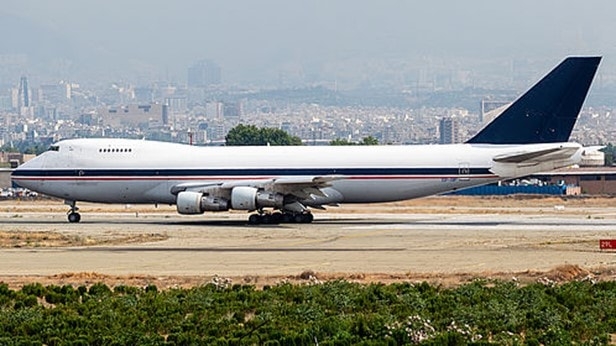 Top 8 World’s Oldest Airplanes Still In Operation Top 8 World’s Oldest Airplanes Still In Operation These planes, some over 100 years old, fly as testaments to their artistry and engineering. Check out top 8 oldest airplanes still flying in the ... |
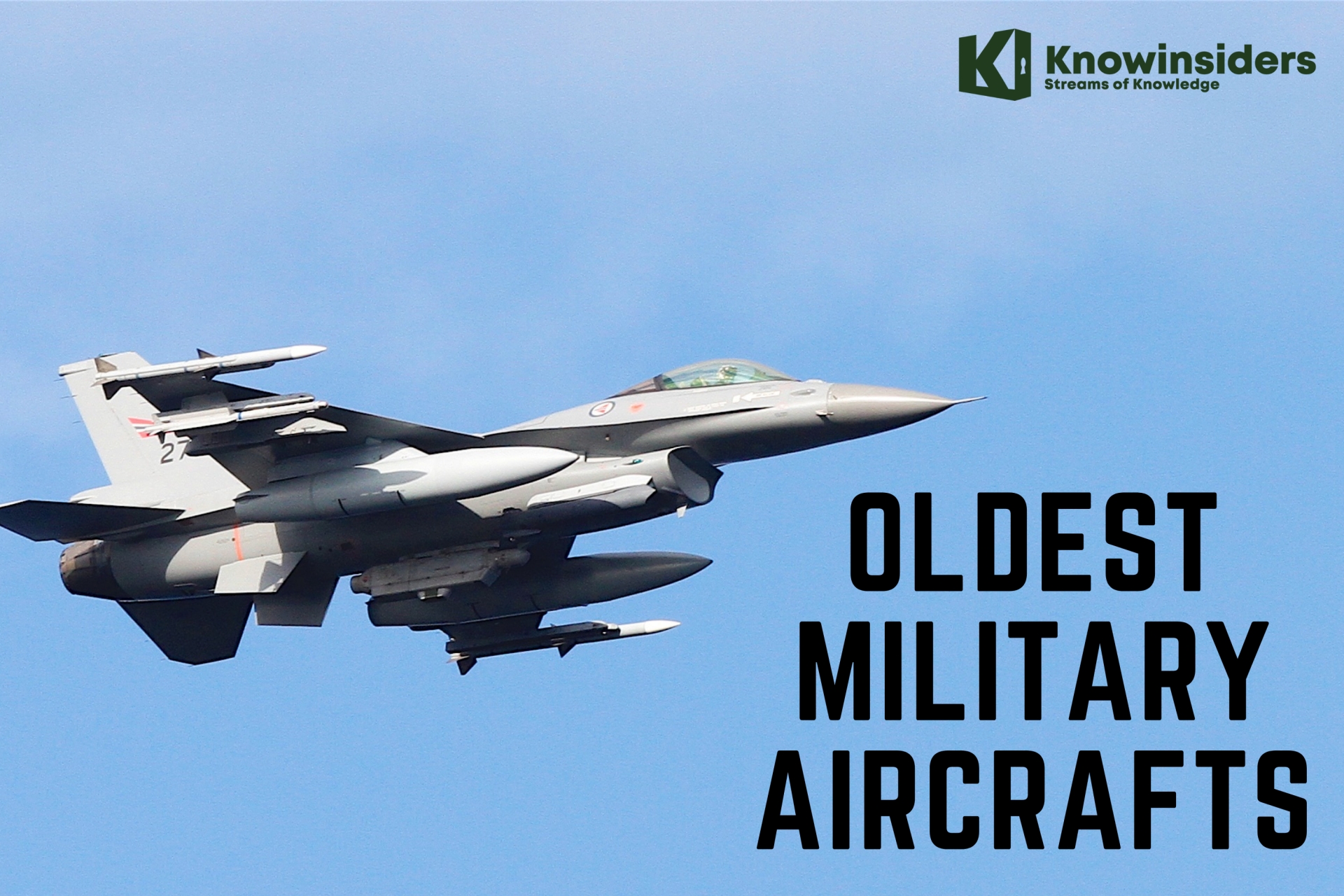 Top 10 Oldest Military Aircrafts In Service Top 10 Oldest Military Aircrafts In Service Check out a list of 10 oldest military aircrafts that have been in service for over half a century. |
 Top 10 Most Expensive Planes In The World Top 10 Most Expensive Planes In The World What are the most expensive planes in the world? Every one of them costs hundreds of millions of dollars. ... |
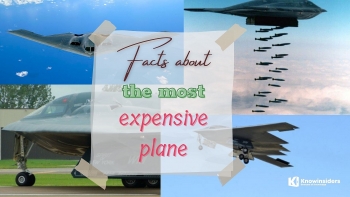 Facts About The World's Most Expensive Plane Of All Time Facts About The World's Most Expensive Plane Of All Time It has been more than 30 years since the B-2 Spirit first took to the sky. Here are some little known facts about the world's ... |






















